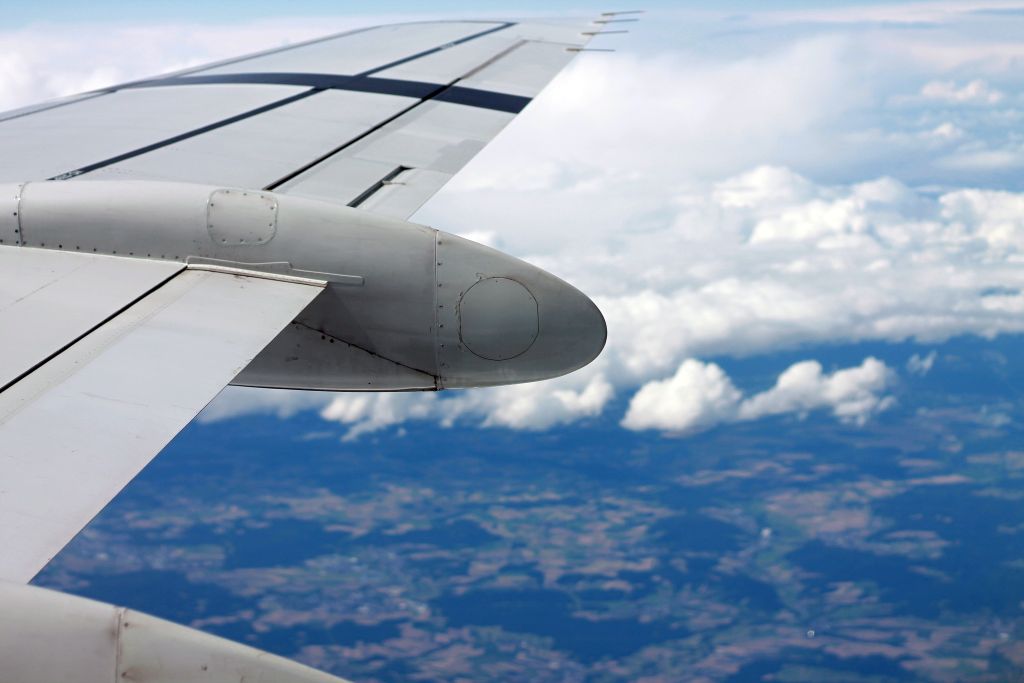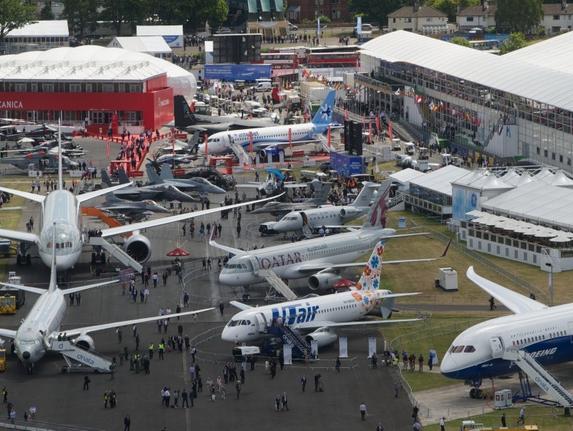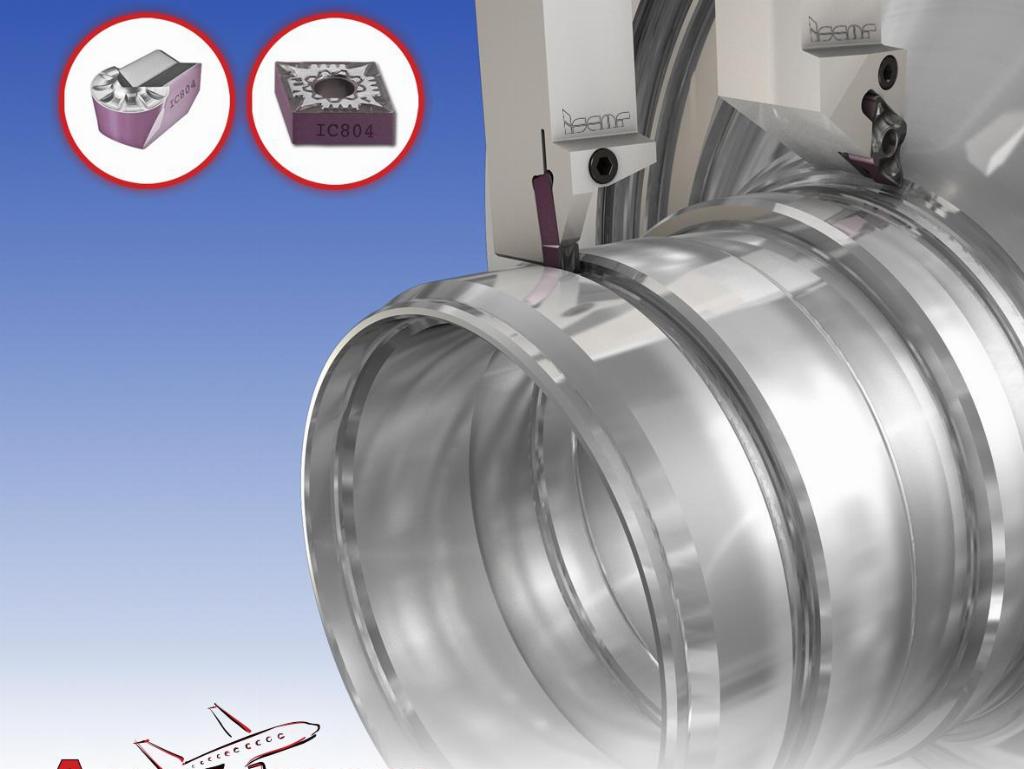Winging the changes

Achieving engineering perfection: how the manufacturing of aircraft wings has evolved by Anand Parameswaran, senior vice president – aerospace and defence, Cyient; and Ian Thompson, head of aerospace and defence, EMEA, Cyient
The composite materials used in today’s models that are fresh off Airbus and Boeing’s production lines have come a long way from the wooden and fabric twin-wing set up of the Wright brothers’ Flyer. The first ever flight, completed by Orville Wright in 1903, lasted just 12 seconds and travelled a mere 120ft – under the wing span of today’s Boeing 747.
Thrust, drag, lift and weight are the four primary forces acting on an aircraft. In today’s aerospace ecosystem, OEMs are placing emphasis on reducing drag and weight across all components to improve performance and efficiency. The basic aerofoil shapes – which were designed by NASA (and its predecessor NACA) in the 1930s and are fundamental for generating lift – may not have undergone major change, but materials and manufacturing processes have seen huge advances.
Efficiency is the word on all airline executives’ lips. Driving cost efficiencies in both aircraft production and operations is essential for airlines to continue increasing profit margins, especially in the face of an increasingly mobile customer base demanding cheaper flights. As suppliers feel the pressure from airline operators to deliver more efficient aircraft, OEMs have turned to technology in the pursuit of improving wing design and manufacture, in particular looking at ways to improve aerodynamics and reduce component weight.
Reducing fuel burn to lighten the load
Increasing fuel efficiency is integral to potential cost savings for operators. The drag of the aircraft is approximately proportional to the amount of fuel burned during the flight. Higher drag equates to more fuel burned, the implication of which means increased costs for operators.
Considering this, designers and manufacturers across the supply chain have centred on the idea of reducing drag in wing design. Aerodynamics and weight are the two key factors at play here. Decreasing weight reduces the lifting force required, and more efficient aerodynamics means less fuel and force is necessary to move the plane through the air.
The weight of aircraft wings has been significantly reduced thanks to the introduction of advanced composite materials, superseding the predominantly aluminium structures that had been dominant since the 1960s. Moreover, using composites (a combination of numerous components) has the added benefit of being adaptable to specific design loads, strengths and tensions for varying wing and aircraft models.

The recent addition of nanomaterials applied to composites during the manufacturing process has further improved this, as they can make composites even more tailored to specific job functions in the wing. For instance, integrating electrical conductive nanoparticles with structural components that are able to protect against lightning strikes, or improving the damage resistance of the outer wing laminate by incorporating high-strength nanoparticles.
The advent of additive manufacturing has facilitated another key technological advancement: the application of rapid prototyping. Major weight and aerodynamics savings can be achieved as a result of the development of advanced computing, analysis and design techniques that can quickly evaluate how effective a prototype is.
Additive manufacturing enables designers to experiment with innovative ideas, that can then be swiftly assessed and adapted as need be, with little cost involved. These designs can be perfected at minimal cost in prototype form before being rolled out across wider production. These developments are all aimed at manufacturing lighter wing components, with more aerodynamic structures, at lower production costs. These innovations are enabling major fuel and costs savings that can then be passed on to airline operators.
Integrating innovations in wing structure design
Technology is also having a secondary impact on the design of aircraft wings, as they increasingly have to support and host new hardware for structural health monitoring purposes. Sensors that monitor key performance parameters during flights are being embedded into the finely tuned wing structure design and production; with additional allowances being made for the physical space they take up and added weight they bring.
This is an area where there is still significant improvement to be made. OEMs are turning to additive manufacturing and rapid prototyping to find a solution, refining the product to optimise dimensions and integrate the new technology without compromising the highly-tuned wing structure. Having worked closely with a number of OEMs and Tier 1 suppliers for decades, we have been driving this technological development and weight reduction.
Design innovations at the wingtips have also seen vast improvements in the aircraft’s aerodynamic performance in recent years. Raked wingtips (used mostly on Boeing models) or winglets (used mainly on Airbus models), lessen the effects of the ‘wake’ – the swirling vortex of air left behind the wing as it passes through the air at high speed.

These are normally fixed at the tip of wings and consist of small upward-pointing extensions. The aircraft’s passage is rendered smoother and more efficient by reducing air disturbance. The overall effect of the wingtips is essentially the same as drastically increasing the wingspan of the aircraft, minus the added weight. Applied to new aircraft design and even retrofitted to old models, these alterations at the wingtip have driven significant drag and fuel efficiencies. For example, when Boeing applied them to the 767 aircraft the rate of fuel burn was improved by 4-5%, saving 500,000 US gallons of jet fuel and 4,790 tonnes of CO2 per plane per year.
Since the Wright Brothers’ first flight in 1903, the aircraft wing has undergone a dramatic transformation. The top priority for OEMs today is utilising innovative technologies and designs to improve aerodynamic performance and reduce the weight of wing structure components. If this can be achieved, airlines will see the benefits of huge fuel efficiencies and tangible cost savings.
Cyient www.cyient.com














